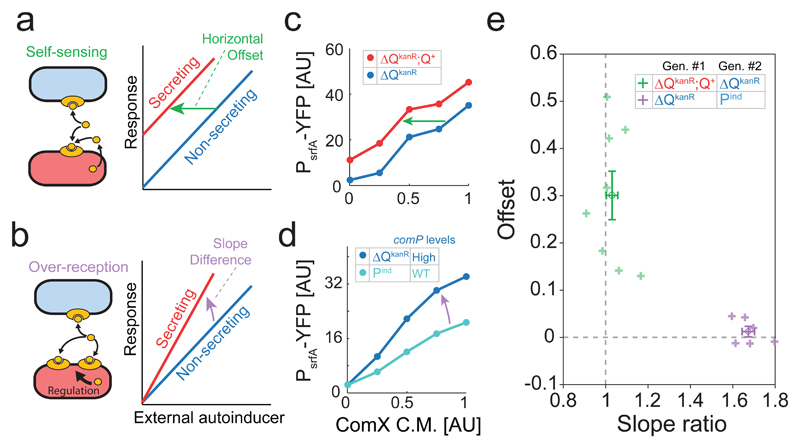Figure 2. The cell autonomous effect of ComX-secretion fits a self-sensing model with no over-reception.
(a,b) Schemes of the self-sensing (a) and over-reception (b) models and the expected difference between the responses of secreting and non-secreting strains to an external autoinducer under the two models. (c,d) YFP expression of each strain during co-culture, as a function of the relative volume of ComX-conditioned medium added (methods). (c) ComX-secreting (ΔQkanR;Q+, red) and Non-secreting (ΔQkanR, blue). (d) Non-secreting strains with High (ΔQkanR, dark blue) and low (Pind, light blue) ComP levels. (e) Optimal slope ratio and x-offset between co-cultured strains, under a model that allows the two parameters to vary independently. Shown is the fit for the ΔQkanR;Q+ (ComX-secreting) and ΔQkanR (non-secreting) pair (purple, n=8) and for the ΔQkanR (High ComP levels) and Pind (Low ComP levels) pair (green, n=6). Average ± St. Err. marks are shown for each pair of strains in a darker tone. Each point in (e) arises from a biological repeat of a series of measurements as shown in (c,d). Experiments were repeated over multiple days. All data points are given in Supplementary File 1.

